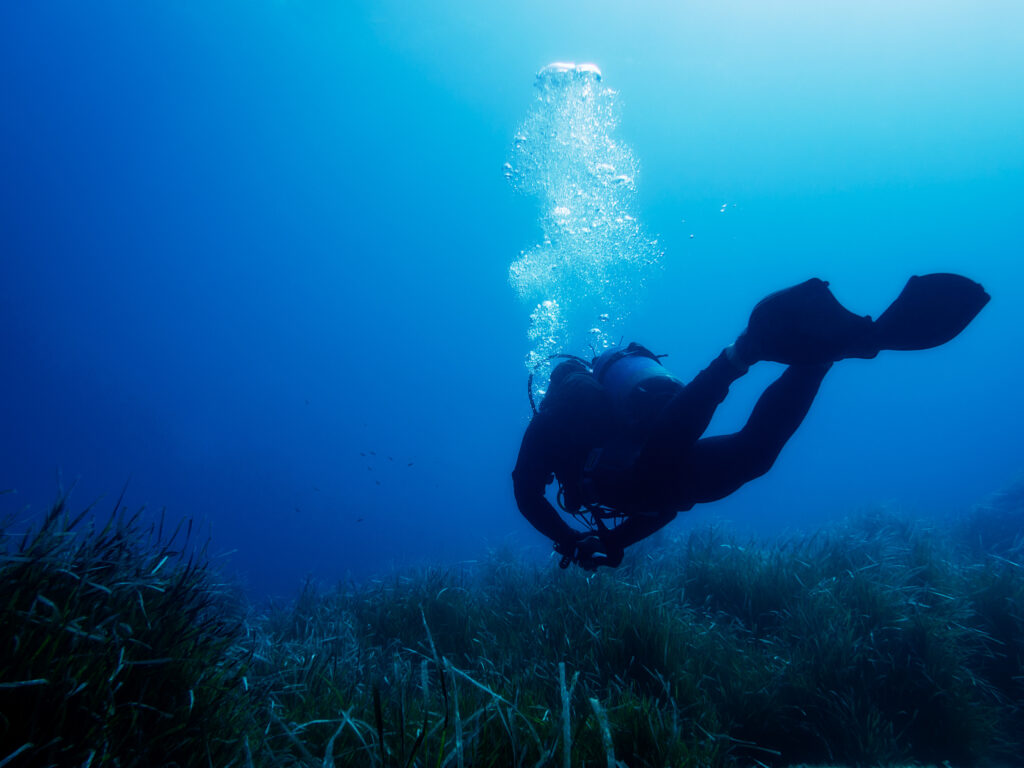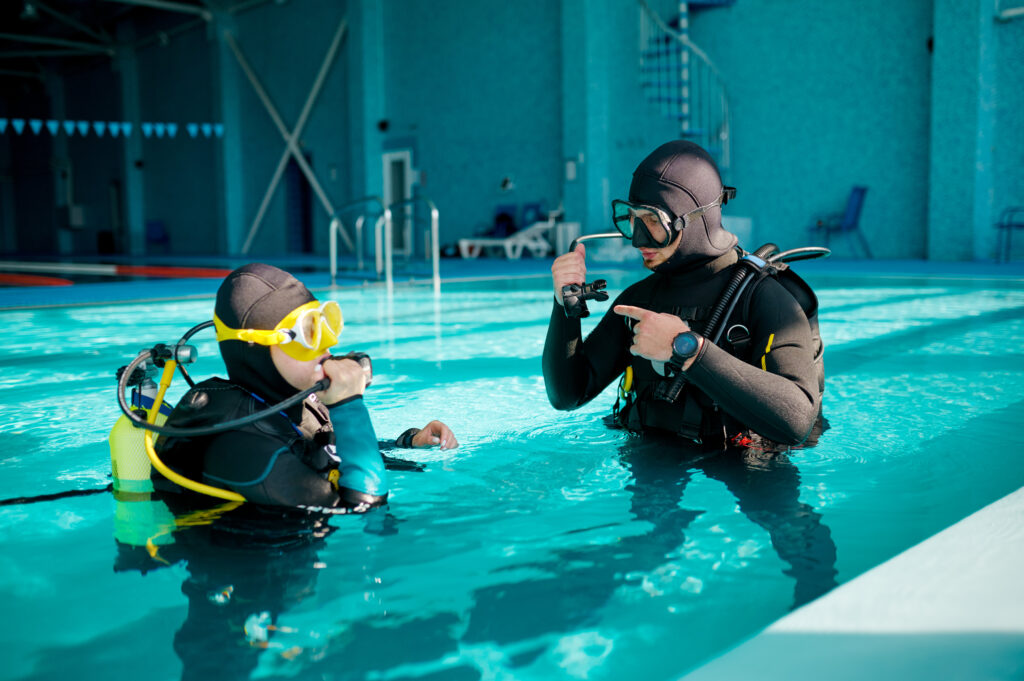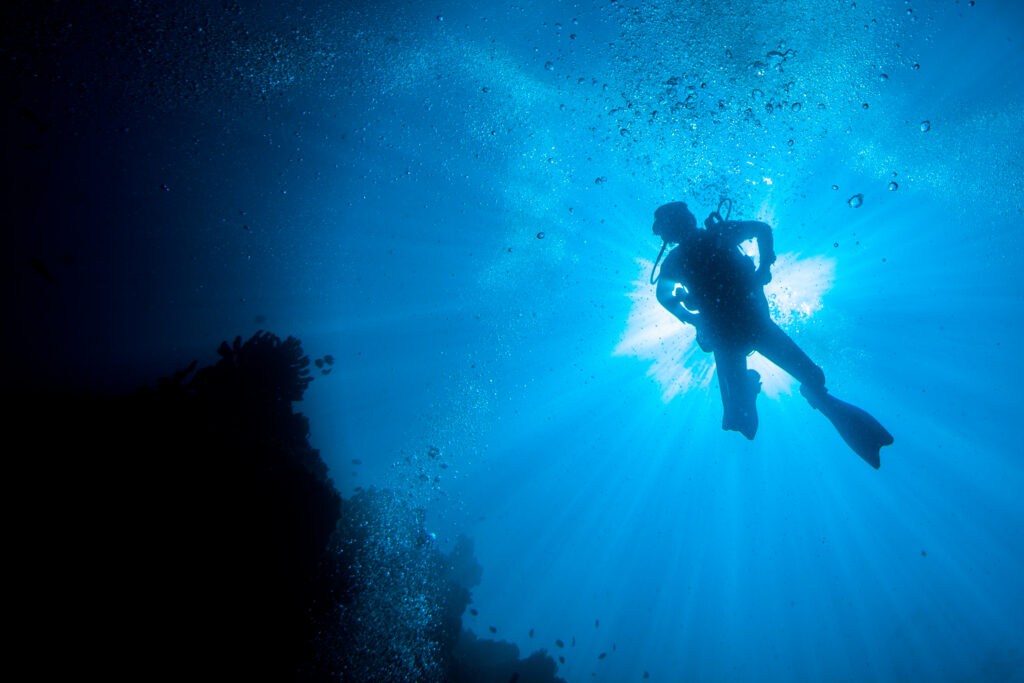What Are Gaseous Impurities?

What Are Gaseous Impurities? In the world of scuba diving, ensuring the purity of breathing gas is paramount. Gaseous impurities refer to any unwanted substances present in the air or gas mixtures used by divers. These impurities can include various gases that, if inhaled in significant quantities, pose serious health risks. Maintaining the highest standard […]
What is Mixed Gas?

Mixed gas, in the context of scuba diving, refers to breathing gases other than air, which are used to extend bottom time, reduce decompression obligations, and manage the risks associated with deep diving. These mixtures can include combinations of oxygen, nitrogen, helium, and other inert gases, tailored to specific diving conditions and depths. By using mixed gases, divers can safely reach greater depths and explore environments that would otherwise be inaccessible due to the limitations of breathing air alone.
What is Hyperventilation?

Hyperventilation refers to a state of rapid or deep breathing that exceeds the body’s need for oxygen. This condition leads to a significant decrease in carbon dioxide levels in the blood, causing various physiological effects. Understanding hyperventilation is crucial for scuba divers as it can profoundly impact their safety and overall experience underwater. Divers need to be aware of the causes, effects, and preventive measures related to hyperventilation to ensure safe and enjoyable diving experiences.
What is a Lifeline?

A lifeline in scuba diving is a critical safety device designed to ensure the diver’s connection to a secure point, whether it be a boat, surface support, or another diver. This tether provides a physical or electronic means of communication and safety, offering reassurance and vital linkage in underwater environments. Given the potential dangers inherent in scuba diving, such as strong currents, poor visibility, and equipment failure, lifelines serve as essential tools for maintaining diver safety and facilitating effective rescue operations if needed.
What is Night Diving?

Night diving is a thrilling and unique scuba diving experience that occurs after the sun has set, opening up a world of underwater wonders unseen during the day. It offers divers an opportunity to witness the nocturnal behaviors of marine life and the vibrant colors that are often lost in the daylight. The contrast between the darkness of the water and the focused beam of a dive light creates an atmosphere of mystery and excitement, making night diving an appealing adventure for those looking to experience something beyond the typical daylight dives.
What is a Quad Cylinder System?

A quad cylinder system, commonly used in advanced scuba diving, refers to a configuration where four individual cylinders are used to supply breathing gas. This setup is particularly important for technical and deep-sea divers who require extended gas supplies and redundancy for safety. The evolution of scuba diving equipment has seen significant advancements, and the quad cylinder system represents a pinnacle of such technological progress. This article delves into the historical development, components, usage scenarios, safety considerations, and the advantages and limitations of quad cylinder systems, providing a comprehensive understanding of their significance in scuba diving.
What is Laryngospasm?

Laryngospasm is a sudden, involuntary contraction of the vocal cords that can temporarily block airflow to the lungs. In the context of scuba diving, this condition is particularly hazardous because it can occur unexpectedly and lead to life-threatening situations underwater. Understanding laryngospasm is crucial for divers, as it directly impacts their safety and ability to respond effectively to underwater emergencies.
What is a Gas Fraction?

In the context of scuba diving, a gas fraction refers to the proportion of each gas component within a breathing gas mixture. Understanding gas fractions is crucial for divers to ensure safe and efficient breathing under water. The significance of gas fractions cannot be overstated, as they directly influence dive planning, physiological effects on the body, and overall safety. By grasping the fundamentals of gas fractions, divers can make informed decisions that enhance their underwater experience while minimizing risks.
What is Ingassing?

Ingassing refers to the process by which gases dissolve into the body’s tissues and blood during scuba diving. This process is crucial to understand because it affects how divers must manage their time underwater and the ascent to the surface to avoid serious health risks. The term “ingassing” is often used in conjunction with its counterpart, “outgassing,” which describes the release of gases from the body. Both processes are central to diving physiology and safety, playing a vital role in dive planning and execution.
What is the Frenzel Maneuver?

The Frenzel Maneuver is a specialized technique used primarily in scuba diving and freediving to equalize pressure in the middle ear. Named after the German Luftwaffe commander Hermann Frenzel who developed it during World War II, this maneuver has become a crucial skill for divers. Proper equalization prevents discomfort and potential damage to the ear caused by changes in pressure during descents and ascents in water. The Frenzel Maneuver involves closing the vocal cords and using the tongue to compress air into the Eustachian tubes, allowing for more effective pressure regulation compared to other methods.
